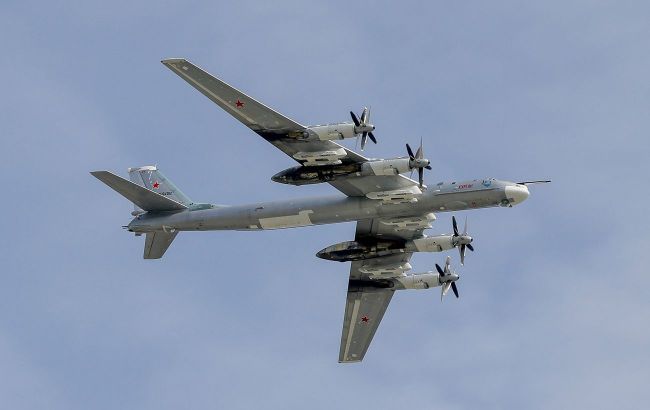Russia lacks capacity for regular missile attacks on Ukraine like December 29
 Russia lacks missiles for regular large-scale shelling of Ukraine (photo: Getty Images)
Russia lacks missiles for regular large-scale shelling of Ukraine (photo: Getty Images)
The current Russian stocks of missiles and unmanned aerial vehicles, as well as the production rates, do not allow the Russian Federation to conduct regular large-scale missile strikes against Ukraine. However, the aggressor may consistently attack the country using strike drones such as the Shahed, according to the Institute for the Study of War (ISW).
The Institute provided statistics on Russia's production of new missiles, as disclosed by Major General Vadym Skibitskyi, the Deputy Chief of the Defense Intelligence of Ukraine (GUR), on November 6.
According to the data, in October 2023, the Russians manufactured 115 long-range precision missiles. This included 30 Iskander-M cruise missiles, 12 Iskander-K cruise missiles, 20 Kalibr cruise missiles, 40 Kh-101 cruise missiles, 9 Kh-32 cruise missiles, and 4 Kinzhal hypersonic missiles.
In November, the Russians had a total of 870 high-precision operational-strategic and strategic missiles in reserve, and from August to November, this number increased by 285 units.
"Although Ukrainian officials have recently stated that Russian forces have partially restored their cruise missile stockpiles, Skibitskyi’s statements about recent Russian missile reserve totals and monthly production rates indicate that Russian forces are unable to sustain repeated large-scale missile strikes comparable to the December 29 strike series. The December 29 strikes, which included five Kinzhal missiles, for example, used roughly one month’s worth of Russia’s reported production of that system," the report states.
At the same time, according to ISW, Russia can produce its own drones, Shahed-136/131, at significantly higher rates, but only if the production of these devices is established and expanded in the Alabus Special Economic Zone in the Republic of Tatarstan.
The Institute for the Study of War reported on November 13 that, even after a one-month production delay, the Alabus plant plans to manufacture 1,400 Shahed-136 drones from February to October 2023. By September 2025, they plan to produce a total of 6,000 drones of this type.
"Russian forces will therefore likely be able to conduct more consistent Shahed strikes than missile strikes, as Ukrainian officials have previously indicated," ISW notes.
The most extensive shelling of Ukraine since February 24, 2022
On Friday, December 29, Russia launched the most extensive missile strike on Ukraine since the beginning of the full-scale war.
From the evening, the aggressor released kamikaze drones and later bombarded cities with various types of missiles, including hypersonic ones. In total, 158 enemy targets were launched across Ukraine, with 114 objects successfully intercepted by air defense forces.
Due to debris falling and missile hits in various regions, according to the latest data, more than 30 people have died, and over 160 have been injured.
U.S. President Joe Biden strongly condemned the Russian shelling of Ukraine. The White House emphasized that Russian dictator Vladimir Putin is attempting to destroy Ukraine and its people, stressing that he must be stopped.
Ukraine's Permanent Representative to the UN, Sergiy Kyslytsya, noted that as long as Russia is capable of undermining the trust and integrity of the Security Council, it will freely continue to kill innocent people in Ukraine and beyond.

